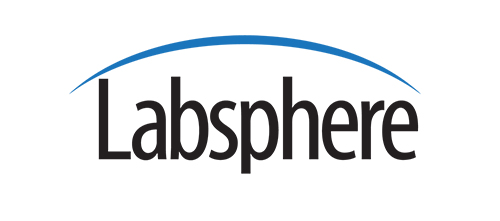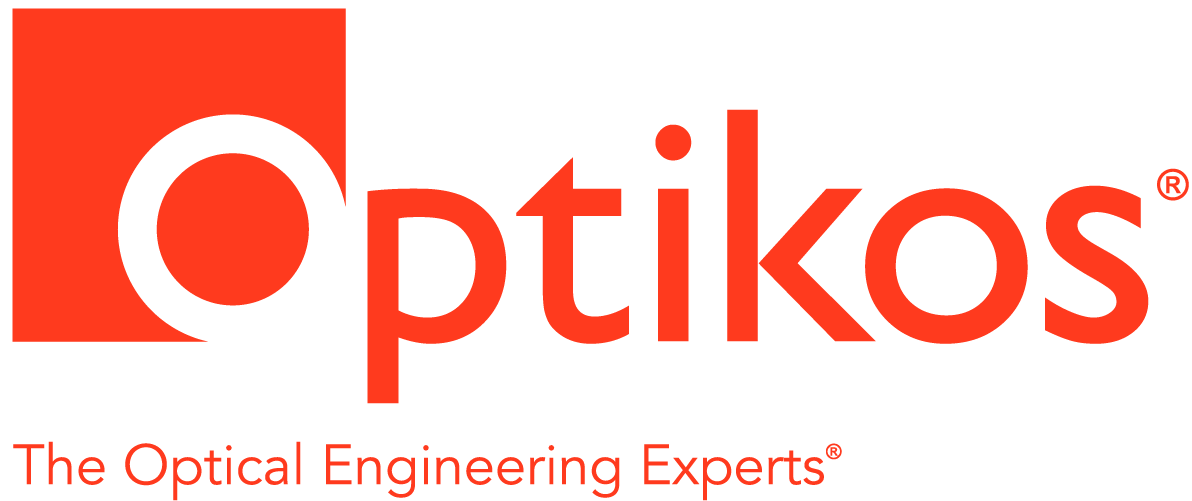Bringing Digital Optical Imaging to the Frontlines of Healthcare

with private browsing in FireFox
Over the last 30 years digital optical imaging technologies have become standard of care in several medical specialities. Medical optical imaging techniques on an average are more cost-effective and safer for the patients compared to their counterparts like CT, MRI and X-rays. Optical coherence tomography invented 30 years ago led the way for optical subsurface imaging and has reached a market size of over a billion dollars mostly with applications in ophthalmology and cardiology. However, the impact of these techniques has been predominantly in specialty care settings that cater to patients already in the advanced stage of the disease. In order to play a role in disease prevention at the early stages, digital optical imaging techniques have to be deployed in primary care and frontline care settings. This requires several factors including automated interpretation, ease of use, cost-reduction and workflow integration. With breakthrough advances in machine learning and artificial intelligence based techniques it is becoming easier by the day to acquire and interpret complex medical images. This is ushering a new era of bringing several complex digital optical imaging techniques from speciality medicine to the frontlines of healthcare. In this presentation we will see some examples of such devices, technological developments that are making it possible and what lies ahead in the future of this field.
| Location |
|
||||
|---|---|---|---|---|---|
| Meeting Date | Thursday, 23 September 2021 | ||||
| Reservation Deadline | Wednesday, 22 September 2021 @ 6pm | ||||
| Event Schedule |
|
||||
Nishant Mohan , CTO of Tesseract Health Inc.

Dr. Mohan has over 15 years of experience in development and commercialization of medical devices and digital imaging technologies. He has led the launch of several products including an artificial intelligence platform for optical coherence tomography (OCT), OCT-based angiography systems and high-performance spectrometers dedicated for OCT applications. Dr. Mohan has also played an important role in the development of home use OCT and high-volume consumer medical devices like contact lenses. He is a recipient of the annual early career achievement award by SPIE, the international society for optics and photonics.
Dr. Mohan has played a pioneering role in research behind angiography, blood flow measurement and computational methods in OCT imaging. Dr. Mohan serves on several technical conference committees, review panels for international journals, and as a judge from the annual Prism Award. He is a recipient of the SPIE Early Career Achievement Award. His past positions include Vice President of OCT division at Wasatch Photonics, Director of Product Management and Marketing at Wasatch Photonics, and Senior Engineer at Bausch & Lomb. He holds post-doctoral fellowship from Harvard Medical School, a PhD in Biomedical Engineering from Boston University, and Bachelors from Indian Institute of Technology.
Reservations
Meeting reservations must be made by Wednesday, 22 September 2021 at 6pm. Attendees will be sent a link and a password to join the meeting. The meeting link will be sent during the week of the meeting after the close of registration.
Reservations can be made via the "Click to sign up" button above or by leaving a message on our Google Voice mailbox at (617) 454-4693.
When making reservation via voicemail, please provide the following information for each guest:
- Name
- Affiliation (Company, School, retired, etc.)
- NES/OSA Membership Status
- Daytime phone number where you can be reached (in case of change or cancellation)
General Information about NES/OSA Meetings
Cancellations
If the meeting must be cancelled for any reason, we will try to call you at the phone number you leave with your reservation.
Membership Rates:
| Corporate Sponsors | $250.00 |
|---|---|
| Professional Sponsors | $100.00 |
| Regular Members | $25.00 |
| Student Members | Free |



